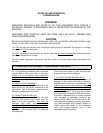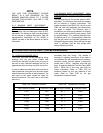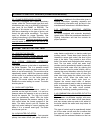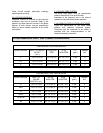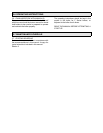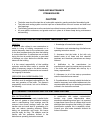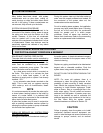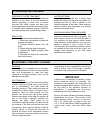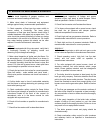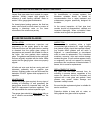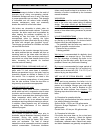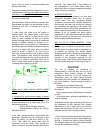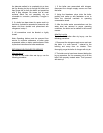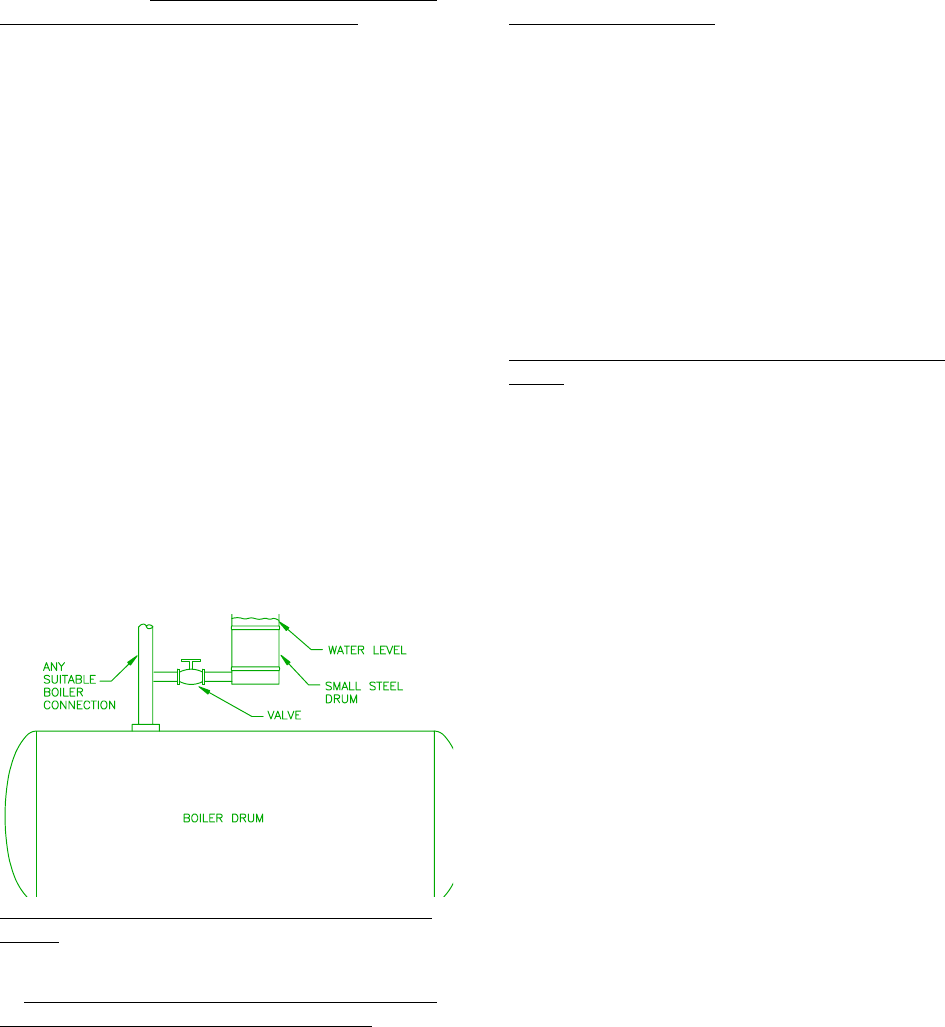
lay-up. Raw city water is not recommended and
should not be used.
Prepare the chemical solution described in (1a) in
a separate tank. Adhere to the safety precautions
described in Section 3.2 of this manual. Add the
concentrated lay-up solution to the boiler during
the time it is being filled.
After the boiler is filled and the lay-up solution has
been added, the boiler is to be operated for thirty
minutes at low fire to circulate and mix the
chemicals.
2. After filling, the boiler must be closed or
blanked tightly. The power supply to the boiler
must be cut off. Vent all air from the top of the
boiler to allow complete fill with the required
solution. Nitrogen gas at 5 psig may be introduced
though a suitable opening to prevent air in-
leakage during the lay-up period. An alternative to
the nitrogen gas (see safety precautions under dry
lay-up) is to install a 55 gallon drum or auxiliary
vessel as shown in Figure 3.11A. This is to be
fitted with a cover and filled with properly treated
water. This vessel or drum should be connected
to an available opening in the top of the vessel. Its
purpose is to create a hydrostatic head and to
allow a ready visual check of water level loss or
in-leakage during the lay-up period.
3. During lay-up, test the boiler weekly to assure
the proper levels of sulfite and alkalinity. To do
this, take a sample of the boiler water from the
surface blowdown line or other high point. The
test results should be:
Sodium Sulfite 200 ppm minimum
Phenolphthalein Alkalinity (as CaCO
3
)
400 ppm minimum
If the tests indicate chemical concentration has
decreased, chemical may be introduced to the
boiler by putting it in the drum shown in Fig.
3.11A. Then lower the boiler water level to
introduced it into the boiler. Then operate the
boiler at low fire to circulate the water and mix the
chemical. Then repeat Step. 2. Pay attention to
the maintenance of the valves being used to
isolate the boiler to prevent leakage and resultant
dilution of the lay-up solution.
ALTERNATE METHOD
An alternate wet lay-up method is to pipe clean
continuous blowdown water from a properly
treated boiler into any convenient bottom
connection on the idle boiler, allowing the water to
flow through the boiler and out the top (through
any convenient top opening) to the sewer. This
method will insure a continuous, complete fill with
warm, properly treated water. It also prevents in-
leakage of air by keeping the boiler slightly
pressurized. It may also provide enough heat to
keep the fireside of the boiler dry and possibly
produce adequate freeze protection.
DRY LAY-UP OF STEAM BOILERS - LONG
TERM
The dry lay-up method recommended requires
that the boiler be drained, dried as completely as
is possible, all opening and valves closed.
Nitrogen gas at 5 psig is introduced to the boiler to
pressurize it and prevent air in-leakage. The
success of the procedure depends on the
thorough drying of the boiler metal surfaces after
draining and the exclusion of air during the lay-up.
Figure 3.11A: WET LAY-UP STATIC HEAD
DRUM
CAUTION
The use of nitrogen for blanketing is
recommended in both the wet and dry lay-up
procedures. Even though nitrogen in dilute
quantities is non-toxic, it will not support life.
Precautions must be taken before entering
equipment filled with nitrogen for inspections or
any other purposes. These precautions shall be
as follows:
disconnection of nitrogen supply line
complete purging and venting of the equipment
with fresh air
testing oxygen levels inside before any attempt
to enter
all confined entry guidelines applicable to site
must be followed
Appropriate caution signs shall be posted around
the equipment to alert personal that nitrogen
blanketing is in use. A boiler laid up dry must be
tagged with information that the unit is not to be
operated until the boiler is properly refilled.
1. Drain the boiler before the steam pressure falls
to zero. Then pressurize with 5 psig nitrogen gas
through a suitable top opening during draining.
The nitrogen pressure is to be maintained through
draining and subsequent storage.



